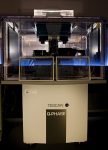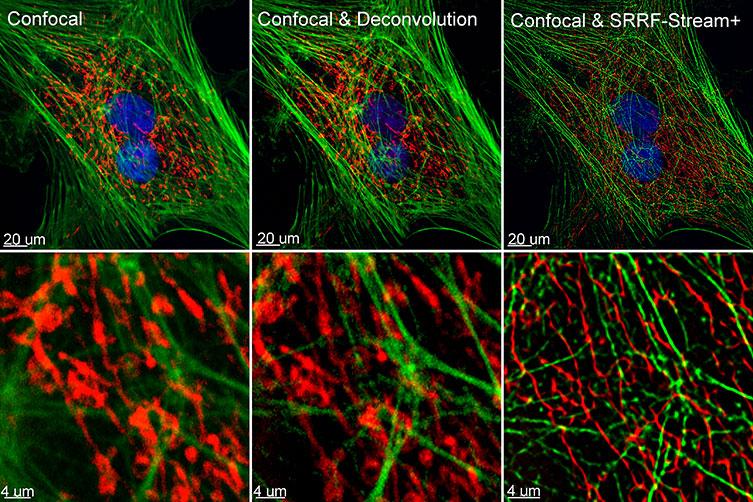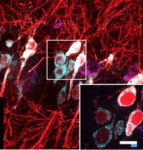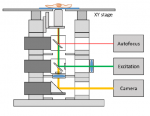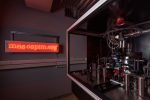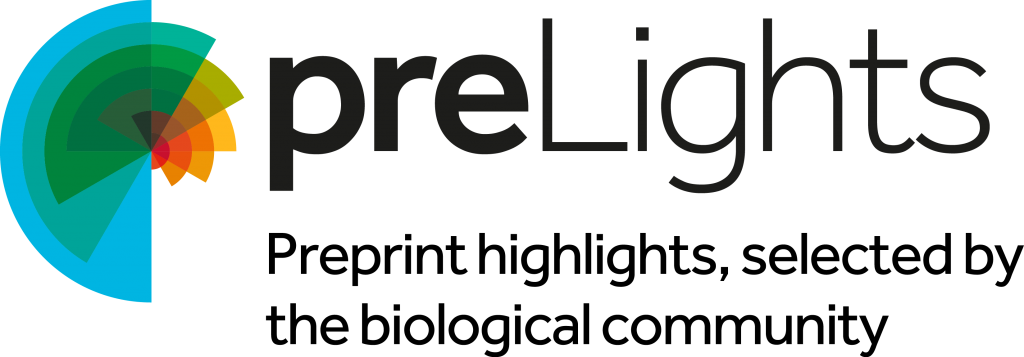Write a Tools post
Create an account or log in to post your story on FocalPlane.
Microscopy-related articles from our journals
- HCR spectral imaging: 10-plex, quantitative, high-resolution RNA and protein imaging in highly autofluorescent samples Development 2024 151: dev202307
- filoVision – using deep learning and tip markers to automate filopodia analysis J Cell Sci 2024 137: jcs261274
- Computational tools for quantifying actin filament numbers, lengths, and bundling Biology Open 2024 13: bio.060267



